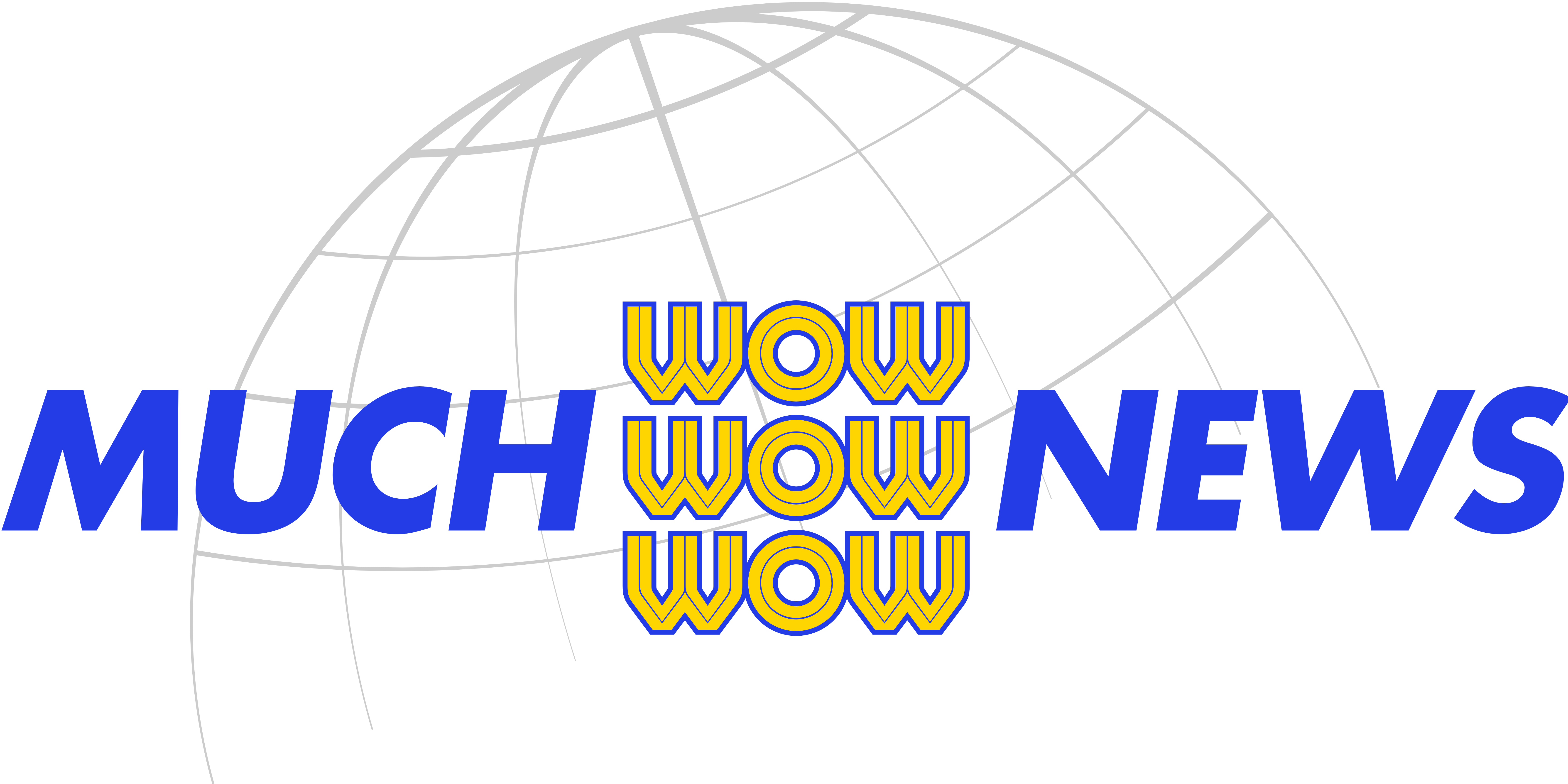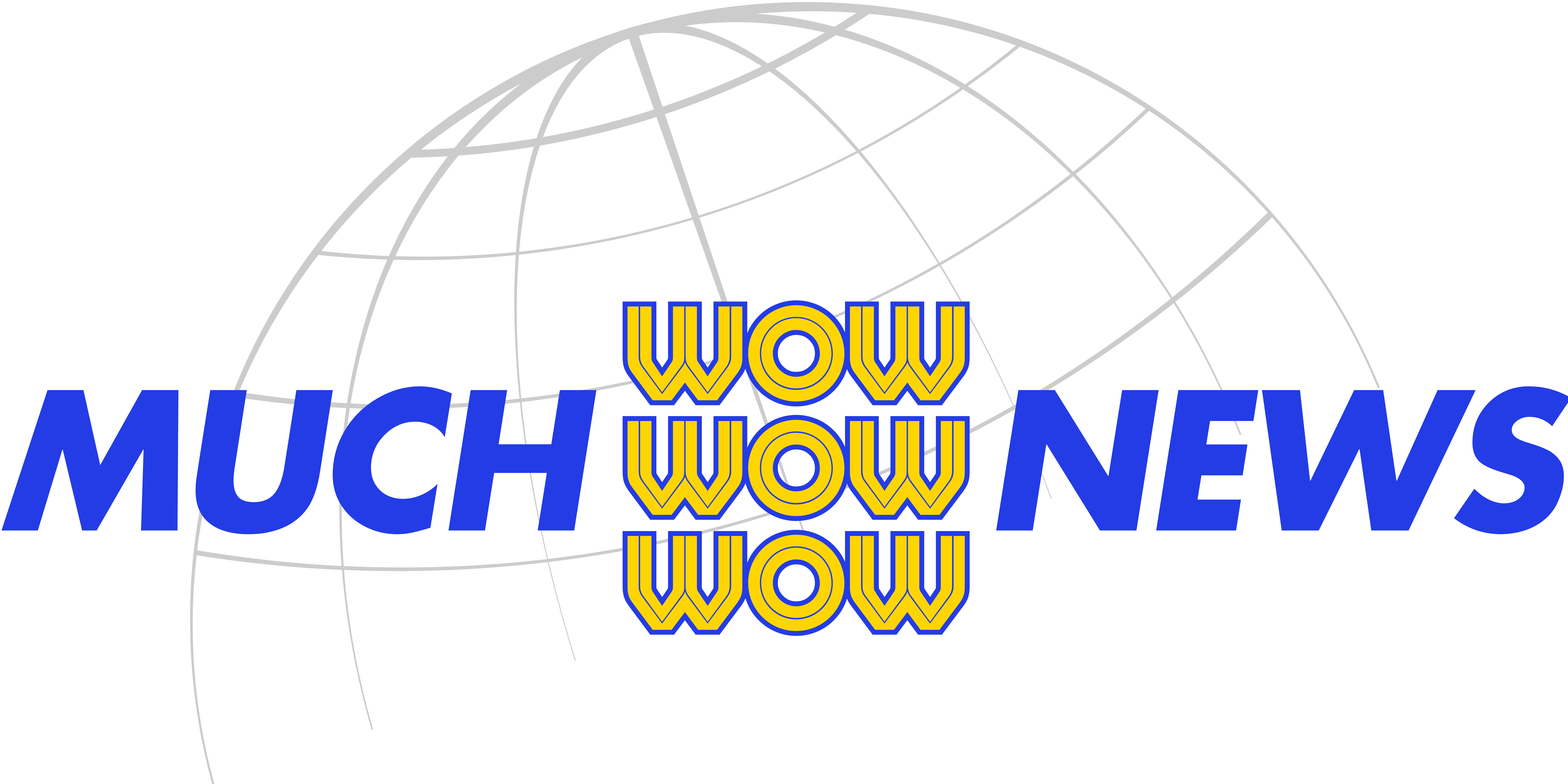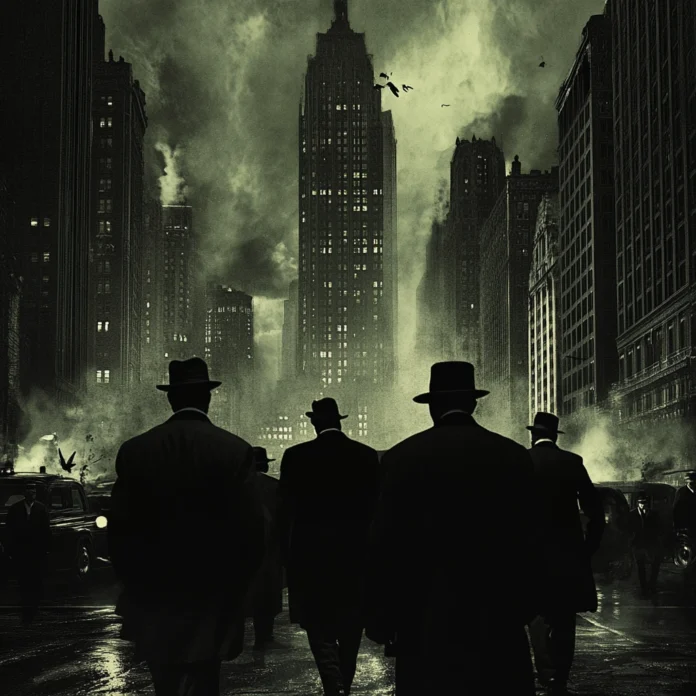For much of the 20th century, organized crime wasn’t just a problem in New York or Chicago—it was a nationwide empire. The Mafia’s network of crime families controlled labor unions, gambling, extortion, and political corruption in nearly every major American city. While New York’s Five Families and the Chicago Outfit may have dominated the headlines, Mafia influence stretched from the streets of Philadelphia to the casinos of Las Vegas and the docks of New Orleans. This is the city-by-city breakdown of how the Mob built, ran, and in some cases, lost control of America.
New York: The Five Families and the Heart of the American Mafia
New York City was the epicenter of Mafia power in the United States, home to the infamous Five Families: the Gambino, Genovese, Lucchese, Colombo, and Bonanno organizations. Formed in the early 1930s under the leadership of Salvatore Maranzano and later restructured by Lucky Luciano, these families controlled labor unions, construction, drug trafficking, and extortion rackets.
By the 1960s, the Genovese family was known as the “Ivy League” of organized crime, running high-level rackets with politicians and businessmen. The Gambinos, under Carlo Gambino and later John Gotti, became the wealthiest crime family in America. The Luccheses infiltrated the garment district, while the Colombos and Bonannos found themselves embroiled in internal wars. Despite the FBI’s efforts to dismantle them, remnants of these families still exist today.
Chicago: The Outfit’s Grip on Politics and Gambling
If New York was the Mafia’s brain, Chicago was its muscle. The Chicago Outfit, founded by Johnny Torrio and later dominated by Al Capone, controlled the city’s lucrative bootlegging trade during Prohibition. Even after Capone’s fall, the Outfit remained a powerful force, moving into gambling, labor racketeering, and even Hollywood unions.
Under the leadership of Tony Accardo and Sam Giancana, the Outfit expanded into Las Vegas, skimming millions from casinos, influencing local politicians, and even playing a rumored role in national politics—including alleged involvement in the assassination of John F. Kennedy.
Las Vegas: The Mafia’s Playground
The rise of Las Vegas was fueled by Mob money. Starting with Bugsy Siegel’s Flamingo Hotel in the 1940s, Mafia families from Chicago, New York, Kansas City, and Cleveland poured cash into the Strip. The idea was simple: build glamorous casinos, skim untaxed millions from the profits, and keep law enforcement at bay.
From the Stardust to the Tropicana, the Mob ran Vegas until the 1980s when federal crackdowns, corporate buyouts, and figures like Howard Hughes helped push the Mafia out. The fall of Tony Spilotro, the Chicago Outfit’s brutal enforcer in Vegas (whose story inspired Casino), marked the end of direct Mob rule in Sin City.
Philadelphia: A Brutal Bloodbath of Betrayals
The Philadelphia Mafia was a hotbed of internal power struggles and betrayals. Founded by Salvatore Sabella in the 1920s, the Philly Mob later came under the control of Angelo Bruno, who ruled with a diplomatic, low-profile approach. But after Bruno’s assassination in 1980, the family fell into chaos.
Nicky Scarfo’s reign of terror in the 1980s led to numerous murders, including those of his own men. Later, mobster-turned-informant “Skinny Joey” Merlino took control, continuing the family’s rackets but also attracting unwanted attention from law enforcement. Today, Philadelphia’s Mafia is a shadow of its former self, weakened by FBI crackdowns and informants.
New Orleans: America’s First Mafia Family
Most people associate the Mafia with New York or Chicago, but America’s first Mafia family actually operated in New Orleans. Sicilian immigrants brought organized crime to the city in the late 19th century, leading to the infamous 1891 lynching of 11 suspected Mafia members after the murder of police chief David Hennessy.
The New Orleans Mafia, later led by Carlos Marcello, played a significant role in national organized crime. Marcello, a key figure in Kennedy assassination conspiracy theories, ran a powerful but quiet empire involving gambling, labor racketeering, and smuggling. His fall in the 1980s marked the end of New Orleans as a major Mafia stronghold.
Detroit: The Hidden Power of the Tocco-Zerilli Family
Unlike the flashy, high-profile families of New York and Chicago, the Detroit Mafia (also known as the Detroit Partnership) operated with quiet efficiency. Led by the Tocco-Zerilli family, Detroit’s Mob controlled labor unions, loan sharking, and illegal gambling for decades without the internal bloodshed that plagued other cities.
The family also had ties to the mysterious disappearance of Jimmy Hoffa, who was last seen at a restaurant controlled by Detroit’s Mafia in 1975. While the Detroit Partnership remains one of the few Mafia families still in existence today, its power has been significantly reduced.
Beyond the Big Names: The Unexpected Mafia Strongholds
- Cleveland: The Cleveland Mob controlled gambling and labor rackets, often working with the Chicago Outfit. Danny Greene, an Irish-American mobster who waged war on the Cleveland Mafia in the 1970s, helped lead to its downfall.
- Buffalo: The Magaddino crime family ran Buffalo for decades, controlling Canadian smuggling routes. The city was an important stop on the Mafia’s narcotics pipeline.
- Kansas City: The Kansas City Mafia played a major role in Las Vegas, helping to run casino skimming operations alongside Chicago and Cleveland.
- Los Angeles: Despite Hollywood’s gangster image, the Los Angeles Mafia never reached the power of its East Coast counterparts. The L.A. crime family, led by Jack Dragna and later Jimmy Fratianno, controlled some gambling and extortion but was overshadowed by larger crime syndicates.
The Mafia’s Legacy Today
The golden age of the Mafia may be over, but organized crime has not disappeared. While the FBI’s RICO cases, informants, and the decline of union power weakened traditional Mafia structures, remnants of these families still exist—often in a much smaller, more discreet form. Meanwhile, new criminal organizations, including international cartels and cybercrime syndicates, have taken their place.
From New York’s Five Families to the hidden Mafia strongholds in Kansas City and Buffalo, the Mob’s influence shaped America in ways still felt today. Their reign of power may have ended, but their legacy lives on in history, pop culture, and, in some cases, the underground economy.




